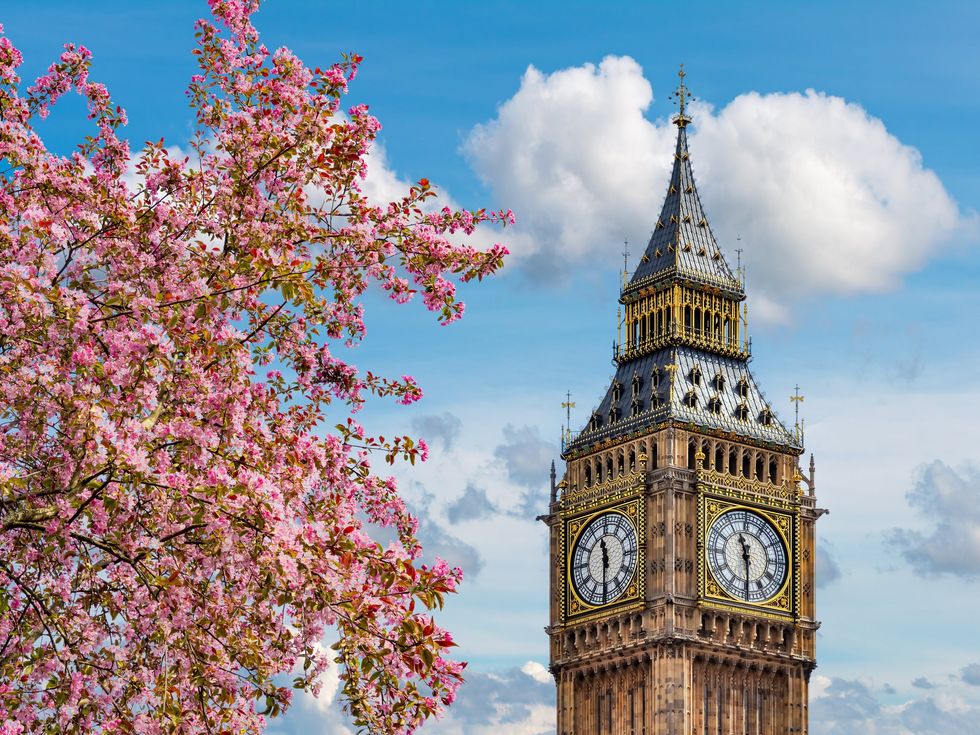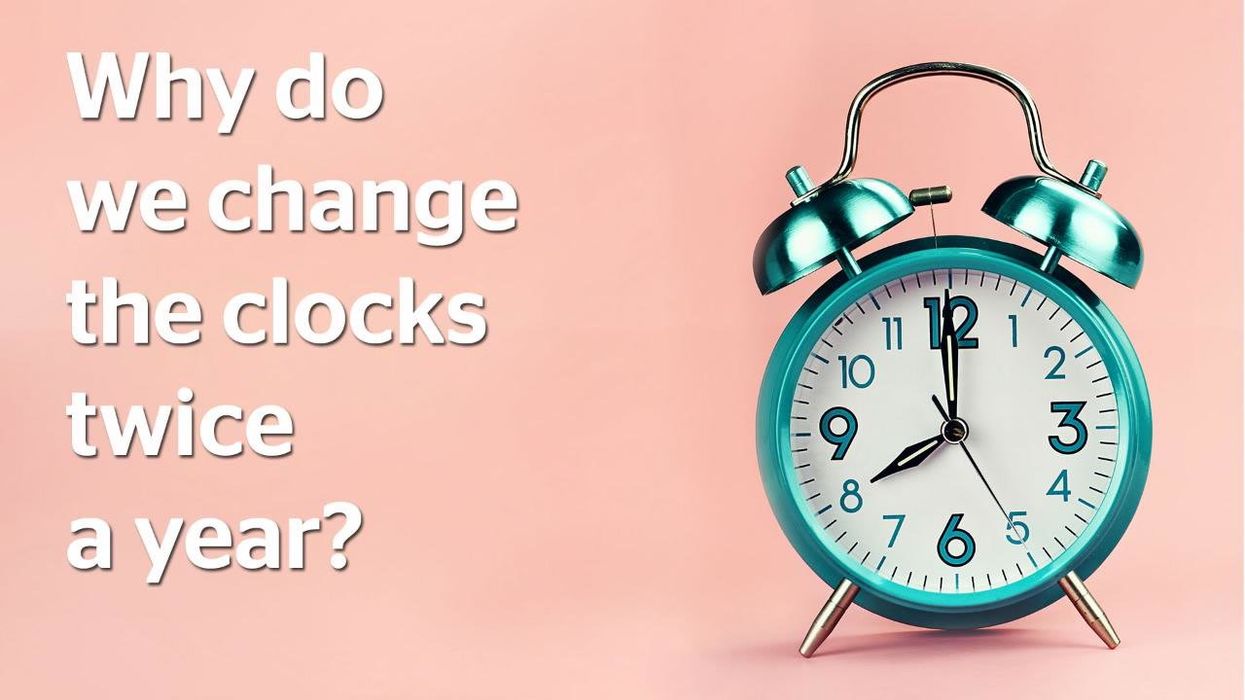The time has finally arrived and spring is here after a cold, long winter.
As we know, the clock change happens twice a year, in October and in March. Arguably, this is the one we most look forward to as it's an indicator that summer is near.

Sign up for our free Indy100 weekly newsletter
When do the clocks officially go forward in the UK?
In the UK, the clocks have always gone forward on the last weekend of March. This year, it falls on Sunday 26 March.
It goes forward an hour at 1am, and is often referred to as British Summer Time (BST). This means there's more daylight in the evenings and less in the mornings (sometimes called Daylight Saving Time).
When the clocks go back in October, the UK is on Greenwich Mean Time (GMT).
Do I gain or lose an hour of sleep?
While the move to British Summer Time means brighter and longer days, it does, unfortunately, mean we lose an hour of sleep.
What is Daylight Savings Time?
Daylight Saving Time is the practice of moving the clock back and forth by one hour (forward in the summer and back again in the winter) in order to make the most out of the natural daylight hours.
This explains why in the summer months, the evenings appear to be lighter than usual and gets darker at a later time.
When and why was it introduced?
The idea was first suggested by Edwardian builder William Willett, who proposed daylight saving as a way to stop us Brits from wasting daylight hours by sleeping through them.
Thanks to his campaigning pamphlet “The Waste of Daylight,” Daylight Saving Time was first introduced with the 1916 Summer Time Act.
However, the UK wasn’t the first one to enact Daylight Savings Time, it was actually the German government.
Earlier in 1916, the Germans changed their clocks during World War I to save energy and electricity due to the longer daylight hours.
What other countries still use Daylight Savings Time?
At its height, over 140 countries used Daylight Savings Time but this has since reduced to 70 countries over the decades (just 40% of the world).
Many countries decided to phase out it after World War I but then brought back again during World War II before phasing it out again once more.
Here is a list of some of the countries that still participate in Daylight Savings Time:
- UK
- All of European Union countries
- New Zealand
- Australia - South Australia, Victoria, Australian Capital Territory, New South Wales
- United States - excluding Arizona and Hawaii
- Mexico
- Brazil
- Paraguay
Have your say in our news democracy. Click the upvote icon at the top of the page to help raise this article through the indy100 rankings.














